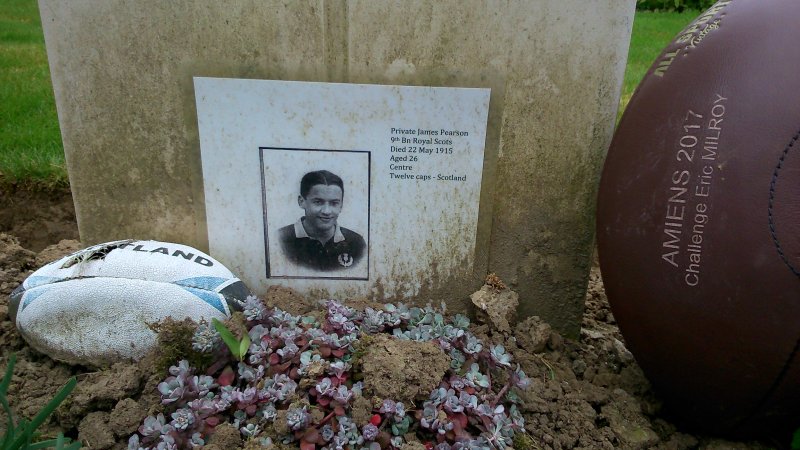James Pearson (Sanctuary Wood IEPER Belgique)
9 mars 2018
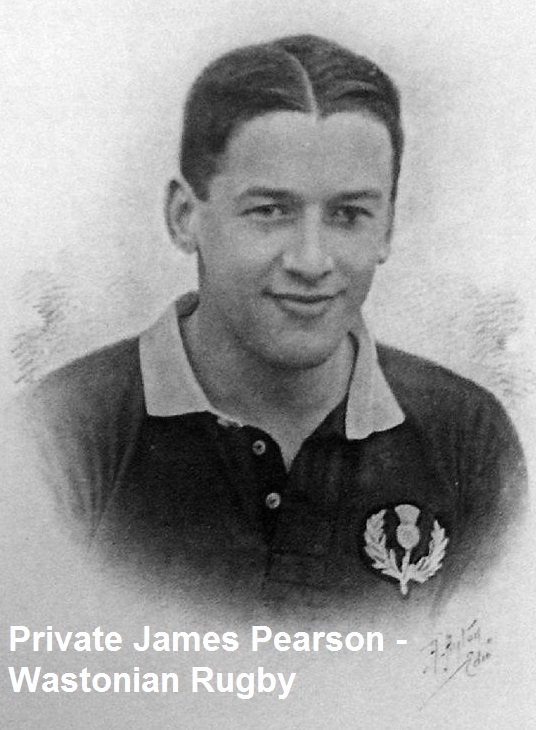
James Pearson (died on 31 May 1916, aged 30) was a Scottish rugby union player. He was killed in World War I. Private James Pearson, 9th Royal Scots, fell in action at Hooge, Belgium, on May 22, 1915, aged 26. He joined the Army in August 1914, and left for the Front on his birthday, February 24, 1915.
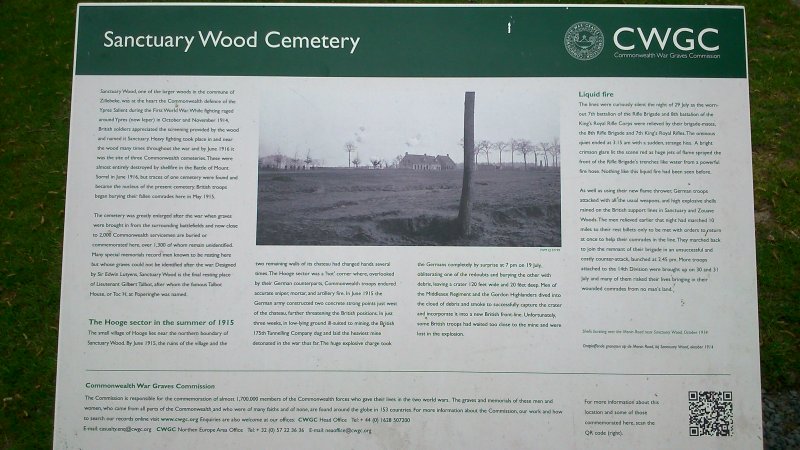
James Pearson, born February 1880, went to George Watson’s College in 1896, started playing cricket in 1899, and in that season and all others till 1904 (his first year in the 1st XI) he made at least one score of over 50. He was in the 1st XI for four seasons from 1904-7, and won the batting average on two occasions, 1905 and 1907. During WW1, while playing for the Former Pupils XI, he had the satisfaction of making his first century (102 not out, against Leith Caledonian). In the football season of 1905-6 he was persuaded by some of his school friends to take up Rugby.
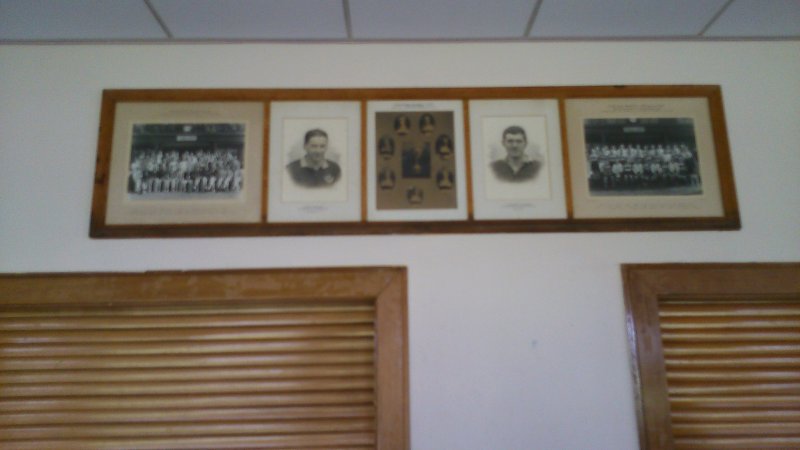
He did so, and during his first year an accident to Milroy, the famous half, saw him get a place in the 1st XV as a half. The next year he was in the side as a threequarter, which proved to be his real position. During the summer of 1907 he carried off the School Championship at the Athletic Sports, being placed in the 100 Yards, 440, the Hurdles, Throwing the Cricket Ball, and the Long Jump. After leaving the school he played regularly for the Watsonians at both cricket and football ; he missed only two cricket matches for them, and that was when when playing for Edinburgh v.Glasgow, and only missed one Rugby match, owing to an attack of water on the knee. In seven seasons of Watsonian cricket he won the batting average on either three or four occasions. In I914 he topped the Watsonian average with the highest that had been for a great number of years - namely, 52. His Rugby International matches were as follows : Ireland, England, 1909 ; Wales, Ireland, France, 1910 ; France, 1911 ; France, Wales, South Africa, 1912 ; Ireland, England, 1913.
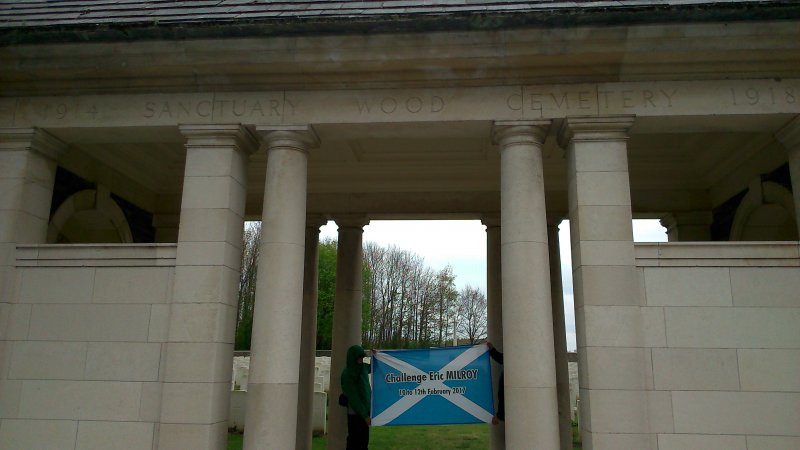
Against France in 1911 he dropped a goal, and against France in 1912 he dropped a goal from a penalty, and scored a try. When he first played for Scotland he weighed just over 9 stone with all his clothes on, so that stripped he must have been a good bit under 9 stone, which is an extraordinarily light weight for an International centre three-quarter. He was very keen on seven-a-side football but only had the opportunity of playing on four occasions, on each of which, however, he was on the winning side. He was a regular competitor at the Annual Sports in the F.P. events, and with the exception of one year he always won at least once. In his last year 1914, he was second in the 100 yards and first in the half-mile, both from scratch. In the half mile he covered the first quarter in 57¾. Very keen on golf, he had not much time for it. ln 1913 he joined the Edinburgh and Leith Corn Merchants’ Club, and in his first competition he won the scratch prize. Pearson played in only two golf competitions in his life, the aforementioned and another in the same club, when he was beaten, after a tie, for third prize. All outside sports he loved - tennis, badminton, fives, and curling. In a letter his Colonel wrote of him to a friend in Edinburgh : "He was as popular with the men of my battalion as he was at Myreside. James Pearson was killed by a shot from a sniper.
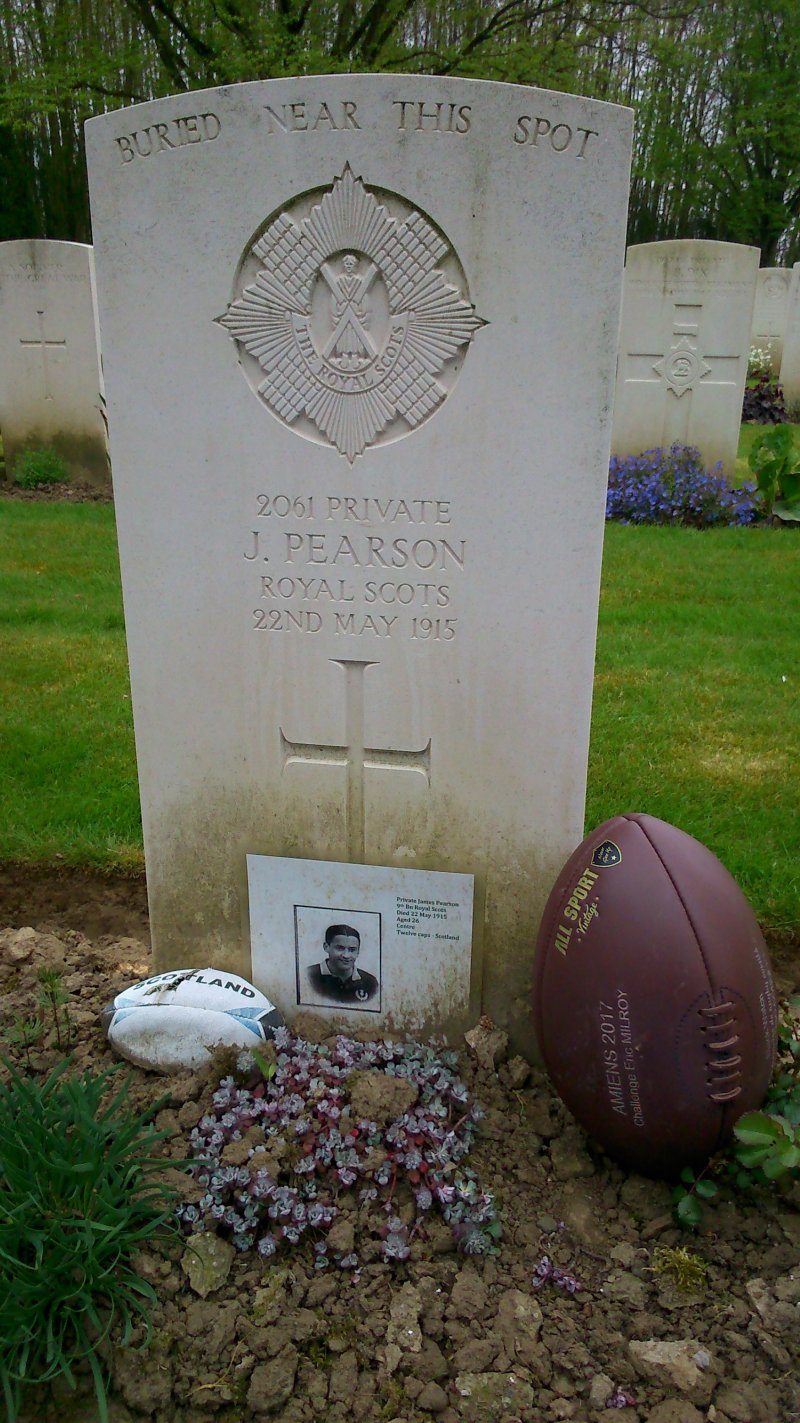
There is no doubt that Pearson, was a very fine centre three-quarter indeed in club football ; but whether or no it is admitted in Scotland, he never really shone in International football. The reason is not far to seek. He was too light. For a centre three-quarter nine stone fully clad is an absurd weight, and so this gallant Scot was always struggling against an overwhelming handicap when it came to International fray. What possible chance could he have of coping successfully with a rush of Irish forwards, or of Welsh miners and policemen, or of stopping a John Birkett or a Failhot in full stride ? Scotland won six and lost six of the dozen games in which Pearson took part, these including two wins and a defeat by France. Small light players can be great successes as wing three-quarters in International football, as C. N. Lowe proved in almost every match he played in, but it is beyond human power to be so in the centre at eight stone something. For all that, worse players have been seen in that position in the Scottish XV ; and taking this handicap fully into account, the fairest verdict on Pearson as an International centre is that he was very nearly a wonderful player.
He died on 22 May 1915, age 26, and is buried in Sanctuary Wood Cemetery in Belgium.
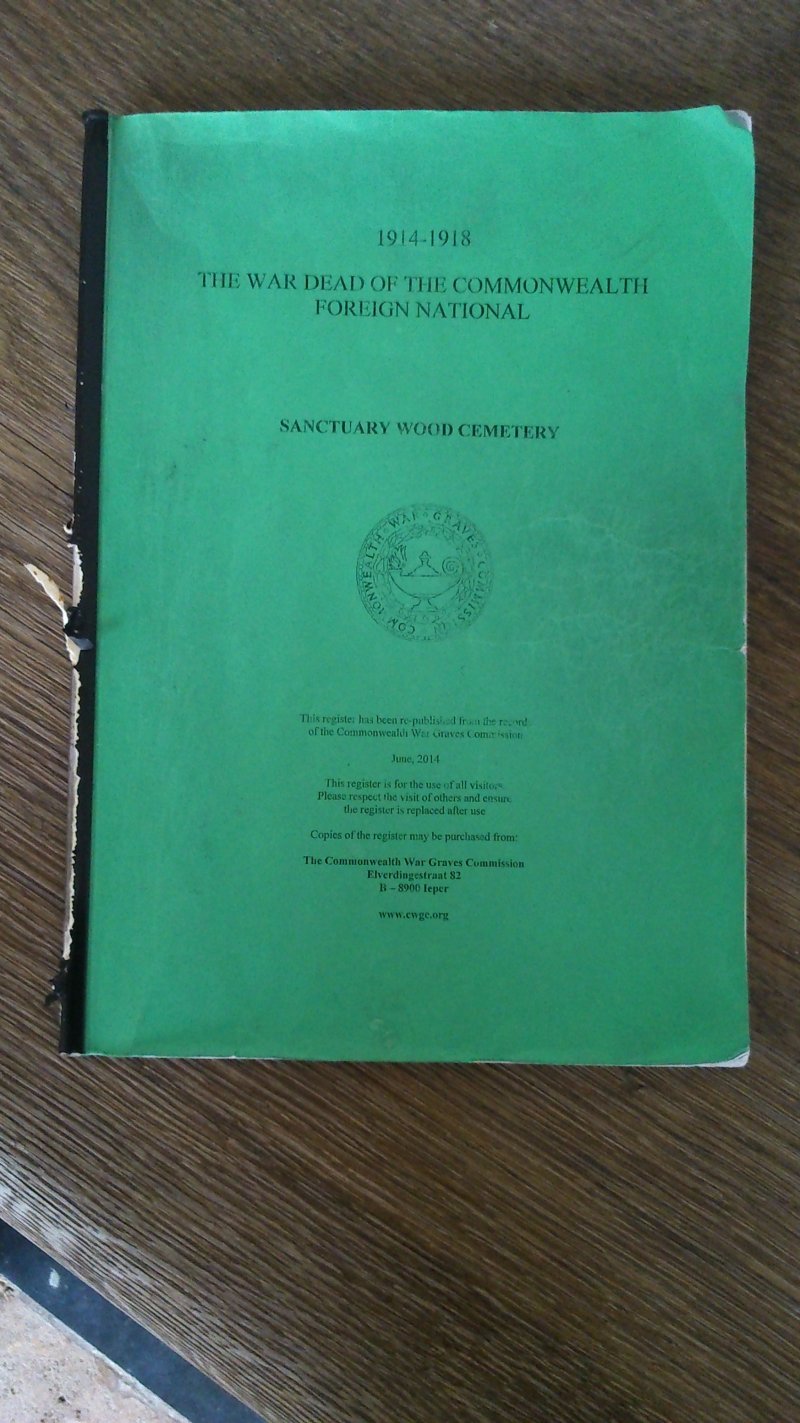
He played for Watsonians and was capped for Scotland in 1909-13.
He is the favorite player to George Waston College club house : Jame Pie.
